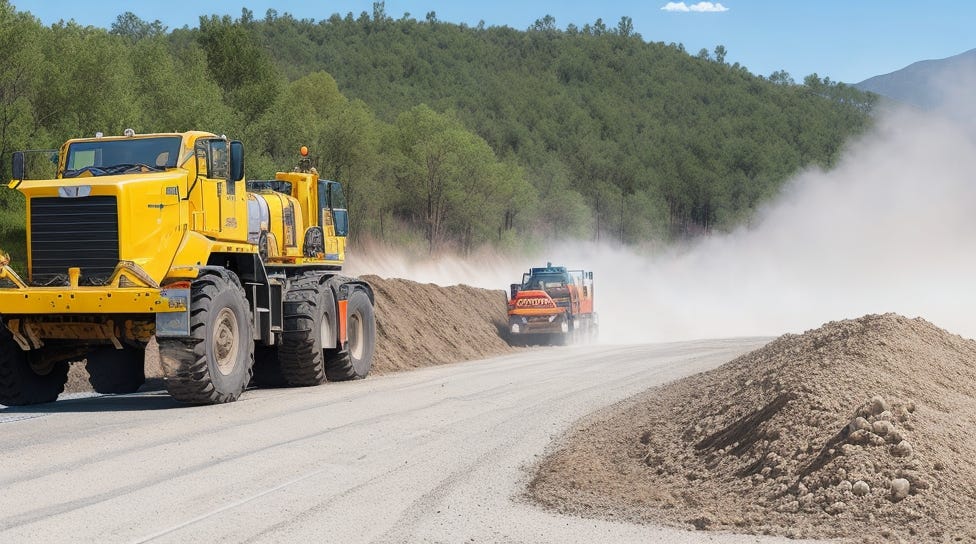Dust control is a crucial aspect of mining operations as it plays a significant role in enhancing safety and operational efficiency. Mining activities generate a substantial amount of dust, which can pose serious health hazards to workers and impact the overall productivity of the mine. Therefore, implementing effective dust control strategies on reliable sites like bosstek.com is essential to mitigate these risks and ensure a safe working environment. In an industry where safety and efficiency are paramount, investing in dust control is a decision that yields significant long-term benefits. As the mining industry continues to evolve, adopting innovative dust control technologies and practices will be crucial in meeting the challenges of modern mining and ensuring the well-being of all stakeholders involved.
This guide aims to provide valuable insights into the hazards of mining dust, operational challenges, and regulatory compliance and financial implications of effective dust suppression.
Understanding the hazards of mining dust
Mining dust contains a variety of harmful particles, including silica, coal dust, and other toxic substances. Inhalation of these particles can lead to serious respiratory diseases such as silicosis, coal worker’s pneumoconiosis (CWP), and chronic obstructive pulmonary disease (COPD). These diseases can have long-term health implications and even be fatal in some cases. Furthermore, mining dust can impair visibility, increasing the risk of accidents and injuries. It can also contribute to equipment breakdowns and maintenance issues, leading to costly downtime and decreased productivity. Understanding the hazards associated with mining dust is crucial to implementing effective control measures and protecting the health and safety of workers.
Operational challenges and dust control
Dust not only impacts health but also poses significant operational challenges. Excessive dust can impair visibility, leading to accidents and injuries. It can also damage machinery and equipment, reducing their efficiency and increasing maintenance costs. Dust accumulation on equipment surfaces can lead to overheating and mechanical failures, further compromising operational safety. Addressing dust control proactively can mitigate these issues, ensuring that machinery operates efficiently and safely. Effective dust control measures, such as water spraying, dust suppressants, and proper ventilation, help maintain clear visibility and reduce the wear and tear on equipment, ultimately enhancing the operational efficiency and safety of mining activities.
Regulatory compliance and financial implications
Mining operations are subject to strict regulatory standards regarding dust control and occupational health and safety. Non-compliance with these regulations can result in hefty fines, legal liabilities, and even the suspension of mining activities. Moreover, failing to address dust-related health hazards can lead to costly medical expenses, workers’ compensation claims, and loss of productivity due to sick leave. Adhering to dust control regulations and maintaining a safe working environment is not only a legal obligation but also a sound financial strategy. Investing in effective dust control measures can save mining companies significant costs in the long run by avoiding fines, reducing health-related expenses, and ensuring uninterrupted operations. Furthermore, demonstrating a commitment to worker safety can enhance the company’s reputation and attract and retain skilled employees.
Dust control is an integral part of mining safety and operational efficiency. By understanding the hazards associated with mining dust and implementing effective techniques, technologies, and compliance measures, mining operations can significantly enhance safety, protect the health of workers, and improve productivity.
Related posts
Categories
Advertisement


